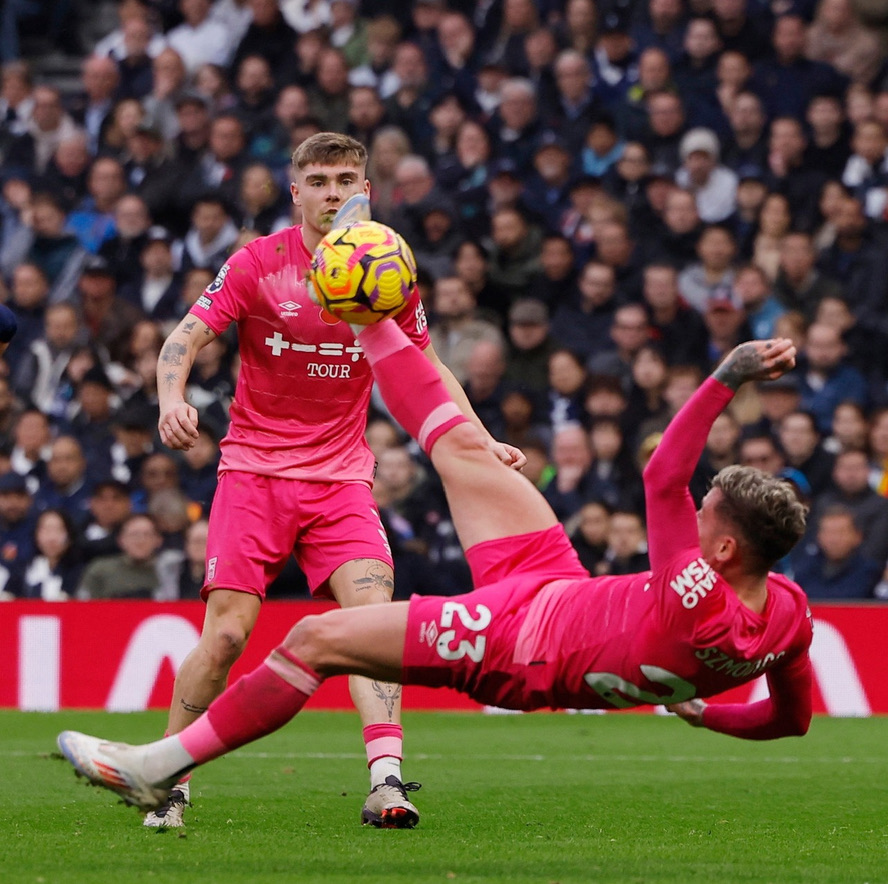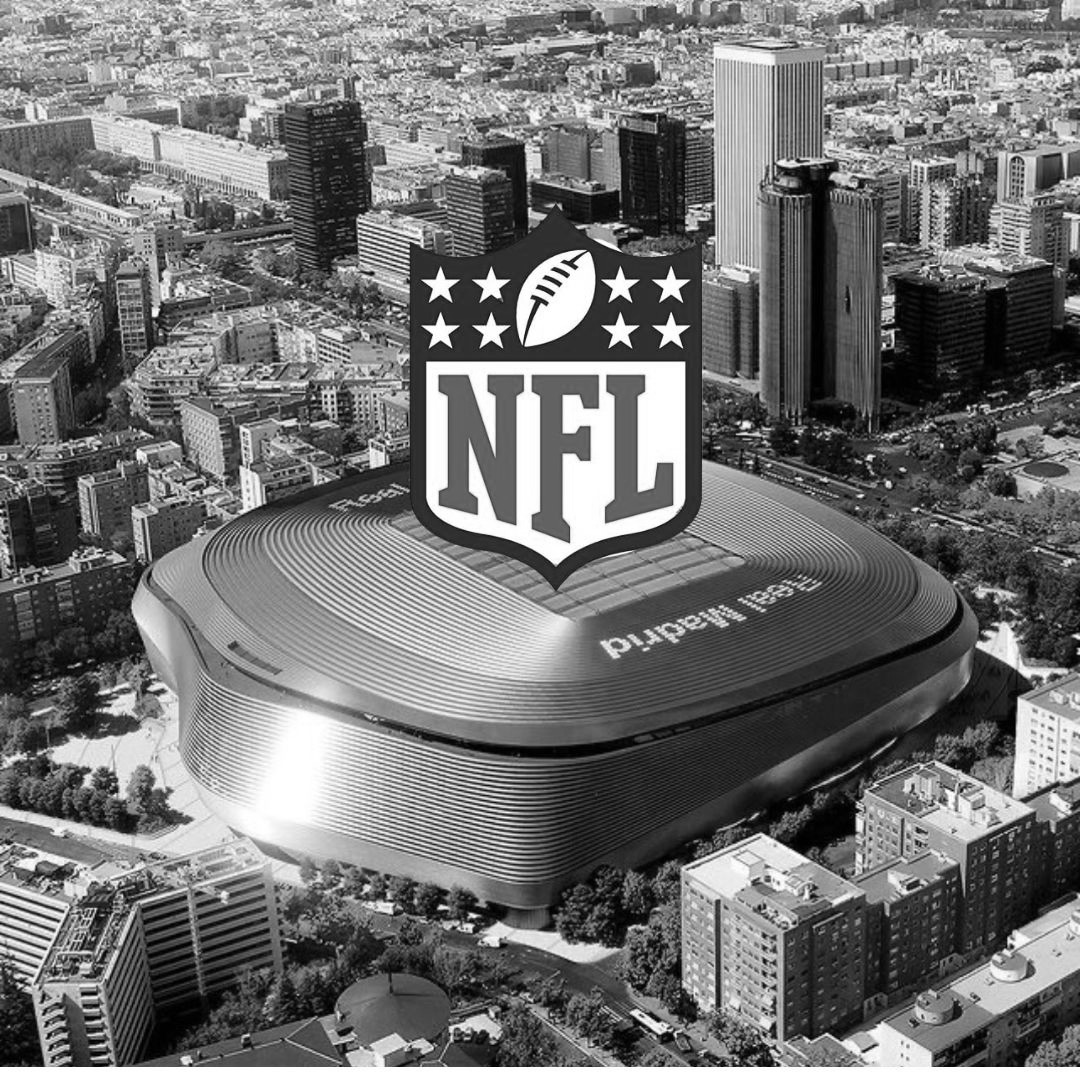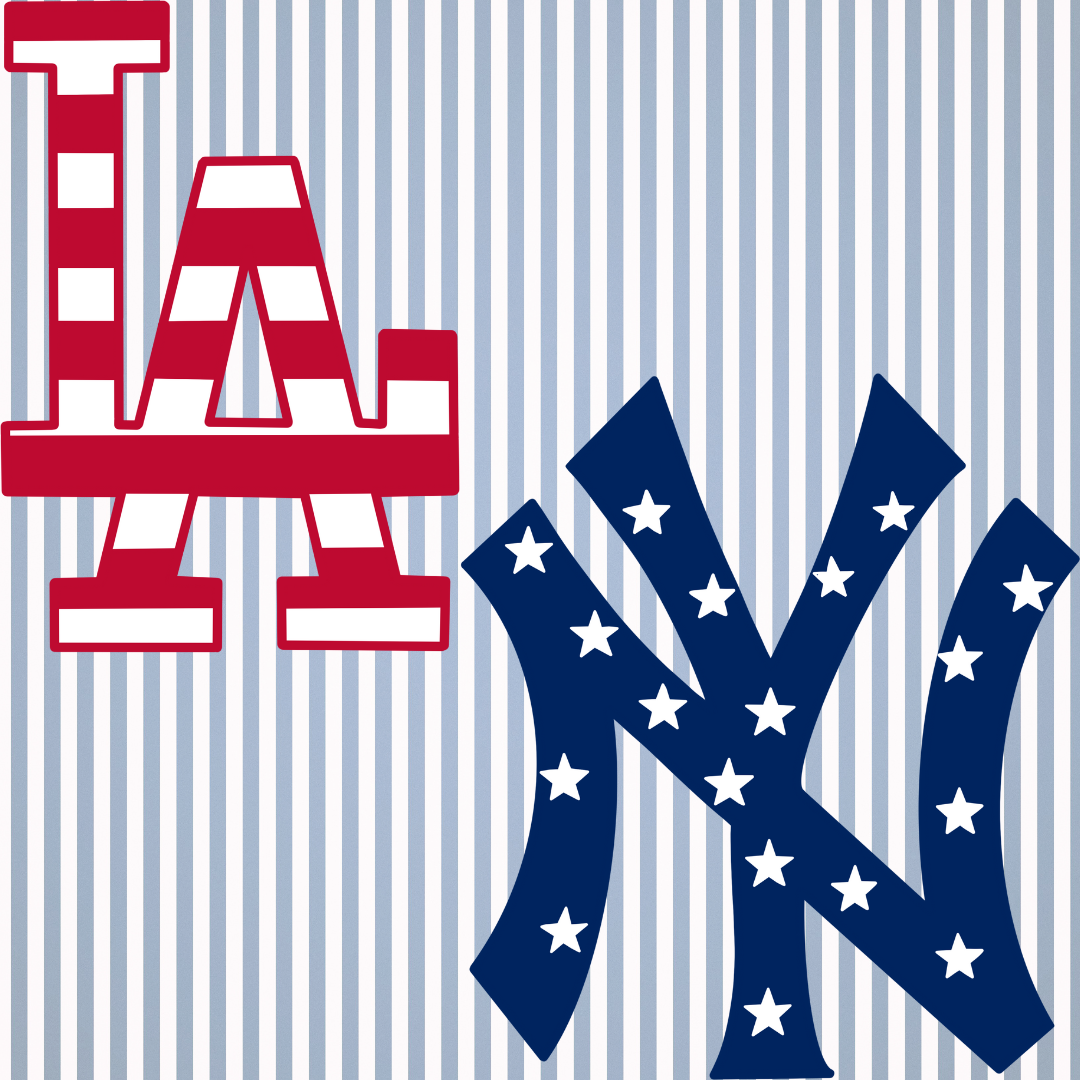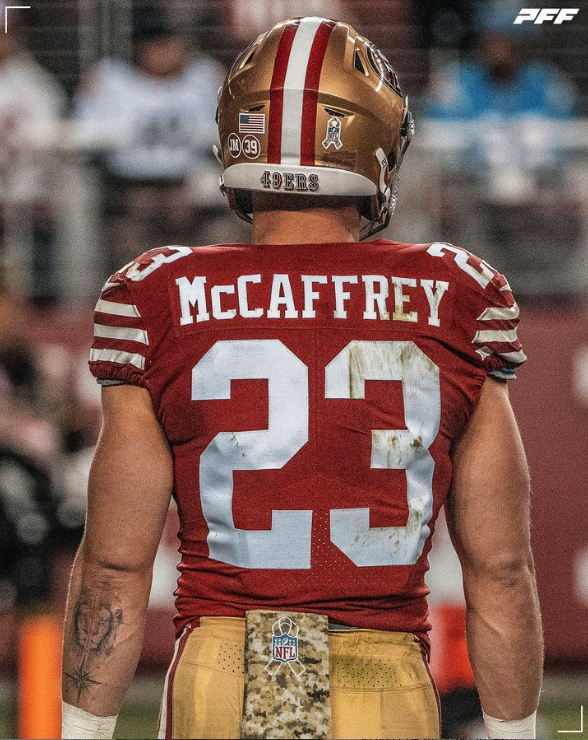By NICHOLAS SETTE
CONTRIBUTING WRITER
On July 28, 2006, three days prior to the trade deadline, the Texas Rangers sent Julian Cordero, Francisco Cordero, Kevin Mench and Laynce Nix to the Milwaukee Brewers for slugger Carlos Lee and prospect Nelson Cruz. In the mid-2000s Carlos Lee, or El Caballo as most big leaguers referred to him as, had averaged nearly 30 plus home runs a year, justifying the Rangers’ decision to ship away closer Francisco Cordero and outfielder Kevin Mench for Lee. However, Lee would only be a rental because his contract was going to expire at the end of the 2006 season. The 2006 season played on and both teams fell short of the postseason. Lee would sign with the Houston Astros in the offseason while the other headliners of the deal, Mench and Cordero, would stick around with the Brewers through the 2007 season. So, whatever happened to that prospect Cruz who was shipped to Texas? Cruz would scuffle in and out of the minors until 2009 where he would have a breakout season hitting 33 home runs, driving in 76 runs, and hitting .260. Cruz established himself as a Major League slugger and a potent threat at the plate. Thus, he was projected to sign a mutli-year contract once he hit the open market this year, but things don’t always go as expected.
In 2013, Anthony Bosch and Biogenesis, his steroid clinic, tainted the name of various Major Leaguers such as Alex Rodriguez, Ryan Braun and Nelson Cruz. Cruz was suspended for 50 games in 2013 under the new MLB CBA drug violation policy and only played in 109 games. However, Cruz still felt that he was a valuable asset to a Major League team. On Nov. 11, 2013, Cruz declined the Texas Rangers’ one year, $14 million qualifying offer. That meant that if any other team wanted to sign Cruz, they would have to forfeit a draft pick to Texas in the 2014 first year player draft. Thus, Cruz and his baggage were available to be signed by any team. Time went on, and teams such as the Mets, Rangers and Mariners began to shop for Cruz. Then on Dec. 13, 2013, just one week after signing Robinson Cano to a $240 million contract, the Seattle Mariners struck first and offered Cruz a five year $75 million contract to come and play right field in the Great Northwest for Seattle. Most baseball fans thought that Cruz would jump on this offer immediately, especially with the Biogenesis news showing up in newspapers across the country. However, Cruz declined this offer and remained on the open market.
Eventually spring training started with Cruz still unsigned. At the final hour, for one year and eight million dollars, the Baltimore Orioles swooped in and signed Cruz. Orioles fans were elated. They had already signed Ubaldo Jiminez for four years and $50 million and now they had signed Cruz for even cheaper. In the eyes of Orioles fans, this was great, but to the unbiased baseball watcher, how great was this deal?
Let us dive into the numbers. Since 2011, Cruz has averaged 131 games played, 27 home runs, 84 RBI and a .263 batting average. Cruz also hit a series of important home runs in the Rangers’ playoff run in 2011 and was an All-Star last year. These appear to be commendable stats, but there are other things to consider in an appraisal of Cruz’s value.
Let us dive deeper. If you recall from my last entry, W.A.R. is wins above average replacement, an important metric for measuring a player’s total contribution. Over the past three seasons, Cruz has averaged a 1.3 W.A.R. and was on the rise, posting a 1.5 W.A.R in 109 games in 2013. Cruz also raised his slugging percentage 66 points from a pedestrian .460 to .506, as well as raising his .wOBA (weighted on base average, a system that track the number of times a position player on average reaches base by giving different weights to various offensive categories based on important to total contribution).
However, Cruz still has his flaws. As of 2013, his BB% (percentage of total plate appearances a position player draws a walk) is only 7.7% and his K% (percentage of total plate appearances a position players strikes out) is high at 23.9%, which means Cruz does not walk as much as he should and strikes out at a high rate. Cruz also sports a below average LD% at 16.9% as of 2013 (percentage of line drives a position players over all balls put in play). Lastly, Cruz’s O-Swing% (percentage of pitches a batter swings at outside the strike zone) is up to 31% from 27.8% and his Z-Swing% (percentage of pitches a batter swings at inside the strike zone) is down from 71.1% to 66.9%. Cruz is swinging at pitches he shouldn’t and letting pitches go that he should swing at. Again, this all comes from before a served performance enhancing drug suspension, so these numbers could skew negatively in the future.
Regardless of the baggage Cruz carries and of his faults, there is an upside to singing him. According to Fangraphs.com, the average cost of a win above average replacement in 2013, for a position player, was 7.2 million dollars. Therefore, a player who has a W.A.R of one is worth 7.2 million dollars. As I stated, Cruz has averaged a 1.3 W.A.R. over the past three seasons and was on the rise before serving his 50 game suspension. Therefore according to Fangraphs, Cruz is worth $9.36 million, which means Baltimore made a great acquisition. In conclusion, Nelson Cruz will probably not produce like Baltimore’s starting center fielder Adam Jones. He will, however, probably fulfill the contract that he signed.










































































































































































































